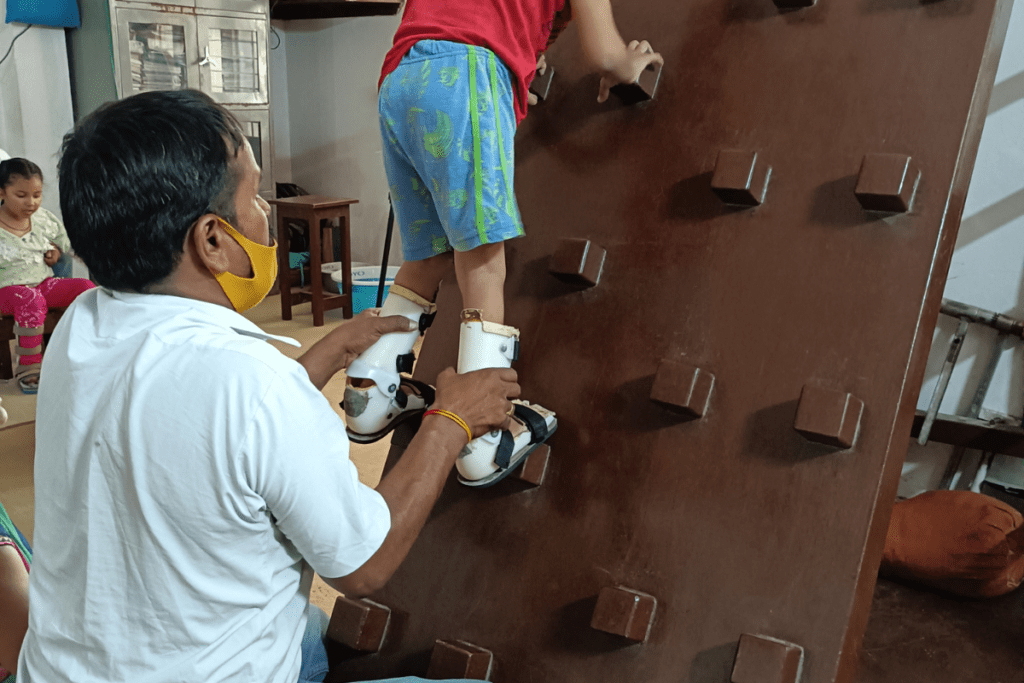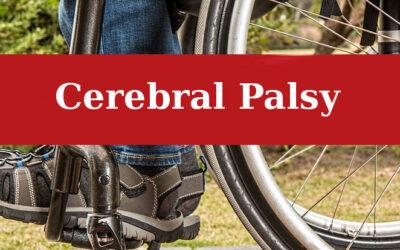Understanding Sleep Challenges in Cerebral Palsy
Individuals with cerebral palsy may experience difficulties with sleep due to muscle spasms, pain, discomfort, respiratory issues, or the side effects of medications. Recognizing these challenges is the first step toward finding practical solutions.
Tips for Better Sleeping in Cerebral Palsy
1. Optimize Bedroom Comfort
Temperature
Maintaining a comfortable room temperature, not too hot or cold, promotes better sleep.
Lighting
Use blackout curtains or shades to keep the room dark. Consider a small, soothing night light if total darkness is unsettling.
Noise
Minimize noise levels. Soft, consistent sounds like white noise can help mask disruptive noises.
2. Use Supportive Bedding
Mattresses and Pillows
Invest in adaptive mattresses and pillows that provide adequate support and reduce pressure points. Customized options are available to cater to specific needs.
Positioning Aids
Positioning aids and unique cushions can help maintain comfortable sleeping positions and prevent muscle stiffness or spasms.
3. Maintain Regular Sleep Times
Establishing a consistent bedtime and wake-up time can significantly improve sleep quality. Consistency helps regulate the body’s internal clock, making it easier to fall asleep and wake up.
4. Develop Pre-Sleep Rituals
Engage in calming activities before bedtime, such as reading, listening to gentle music, or taking a warm bath. Avoid stimulating activities or screen time at least an hour before sleep.
5. Pain Management Strategies
Consult healthcare providers for effective pain management strategies to make sleeping easier. This may include hot fomentation, light pain oil massage, medications, physical therapy, or alternative therapies.
6. Regular Physical Activity
Incorporate regular, gentle physical activity & yoga into the daily routine. Exercise can help reduce muscle tension and improve sleep quality. Constantly tailor activities to individual abilities and limitations.
7. Watch Diet and Hydration
Avoid heavy meals, caffeine, and sugar close to bedtime. A light snack with tryptophan-rich foods like turkey or bananas may promote sleep. Ensure proper hydration throughout the day, but limit fluids close to bedtime to reduce nighttime awakenings.
8. Practice Relaxation Techniques
Techniques such as deep breathing, guided imagery, or progressive muscle relaxation can help ease the transition to sleep. These practices can be especially beneficial for individuals with CP who experience muscle spasms or tension.
9. Seek Professional Advice
Regular consultations with healthcare providers, including sleep specialists, can provide customized advice and interventions. They can address specific sleep disturbances and recommend suitable treatments or adjustments.
10. Explore Assistive Devices
Technological advances have introduced various devices and apps to monitor sleep patterns and promote relaxation. Discuss with a healthcare provider the possibility of incorporating these tools into your sleep strategy.
What Are Sleep Disorders in Cerebral Palsy?
Sleep disorders are common in people with CP and can significantly impact their quality of life, as well as that of their families and caregivers. This comprehensive discussion aims to shed light on the types of sleep disorders prevalent among individuals with CP, their causes, and their implications on health and daily life.
Types of Sleep Disorders in Cerebral Palsy
People with cerebral palsy may experience a variety of sleep disorders, including but not limited to:
Insomnia
Difficulty falling asleep or staying asleep. This is one of the most common sleep issues faced by individuals with CP.
Sleep Disordered Breathing (SDB)
Includes conditions like obstructive sleep apnea (OSA), where breathing stops and starts during sleep due to obstructed airways, primarily by tongue fall
Restless Legs Syndrome (RLS)
An overwhelming need to move the legs is often accompanied by uncomfortable sensations, which can interfere with sleep onset and maintenance.
Periodic Limb Movement Disorder (PLMD)
Involves involuntary leg twitching or jerking movements during sleep, disrupting sleep patterns.
Sleep-Related Gastroesophageal Reflux (GERD)
Reflux of stomach contents into the esophagus during sleep causes discomfort and potential waking.
Circadian Rhythm Sleep-Wake Disorders
Problems with the sleep-wake cycle lead to difficulty falling asleep at night and staying awake during the day.
Causes of Sleep Disorders in Cerebral Palsy
The underlying causes of sleep disorders in CP are multifaceted and can include:
Musculoskeletal Issues
Muscle spasticity, pain, twitching, and discomfort can make finding a comfortable sleeping position difficult.
Medications
Side effects from medications used to manage CP symptoms may affect sleep patterns.
Neurological Factors
Alterations in the brain associated with CP can directly impact sleep regulation mechanisms.
Respiratory Problems
Compromised respiratory function in CP can lead to sleep-disordered breathing.
Gastrointestinal Issues
Conditions like GERD are more prevalent in individuals with CP, affecting sleep quality.
Sensory Processing Disorders
Over-sensitivity or under-sensitivity to environmental stimuli can disrupt sleep.
Implications of Sleep Disorders
The impact of sleep disorders on individuals with CP and their families can be profound, affecting:
Physical Health
Poor sleep can exacerbate CP symptoms, weaken the immune system, and increase the risk of other health problems.
Cognitive Function
Sleep is crucial for cognitive processes; disruptions affect memory, attention, and learning.
Emotional Well-being
Chronic sleep issues can lead to mood swings, irritability, and increased risk of depression and anxiety.
Daily Functioning
Fatigue from poor sleep can impair daily activities, social interaction, and overall quality of life.
Addressing Sleep Disorders in Cerebral Palsy
Management of sleep disorders in CP requires a holistic and individualized approach involving:
Medical Evaluation
A thorough medical assessment to identify and treat underlying causes of sleep disturbances.
Sleep Hygiene Practices
Establishing a consistent bedtime routine, optimizing the sleep environment, and practicing relaxation techniques.
Therapeutic Interventions
Speech, occupational, and physical therapy can address some physical challenges that interfere with sleep.
Medication and Devices
Medication or devices like CPAP machines for sleep apnea may sometimes be recommended.
Dietary and Lifestyle Modifications
Adjustments to diet and daily activities can also play a crucial role in improving sleep.
At Trishla Foundation, we are dedicated to supporting individuals with cerebral palsy and their families in overcoming the challenges posed by sleep disorders. By providing education, resources, and access to specialized care, we strive to improve sleep quality and, consequently, the overall well-being of those affected by CP. If you or someone you know is struggling with sleep-related issues in CP, we encourage you to reach out for support and guidance.




